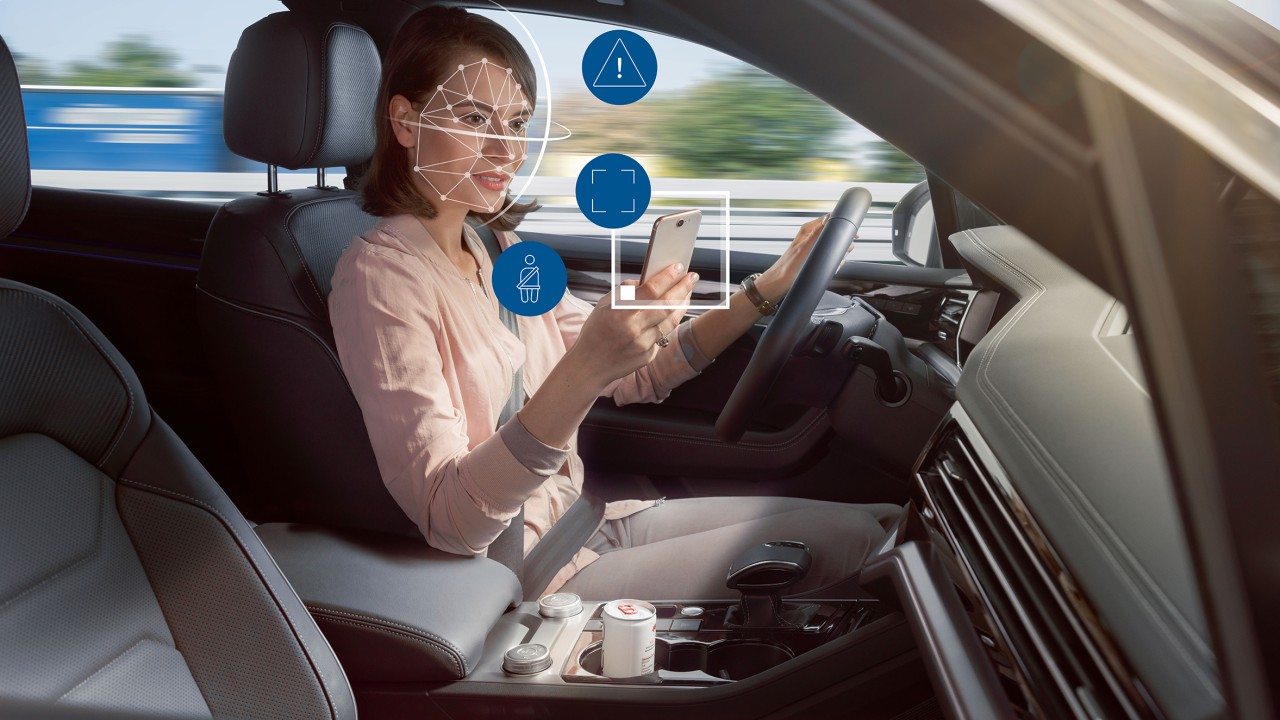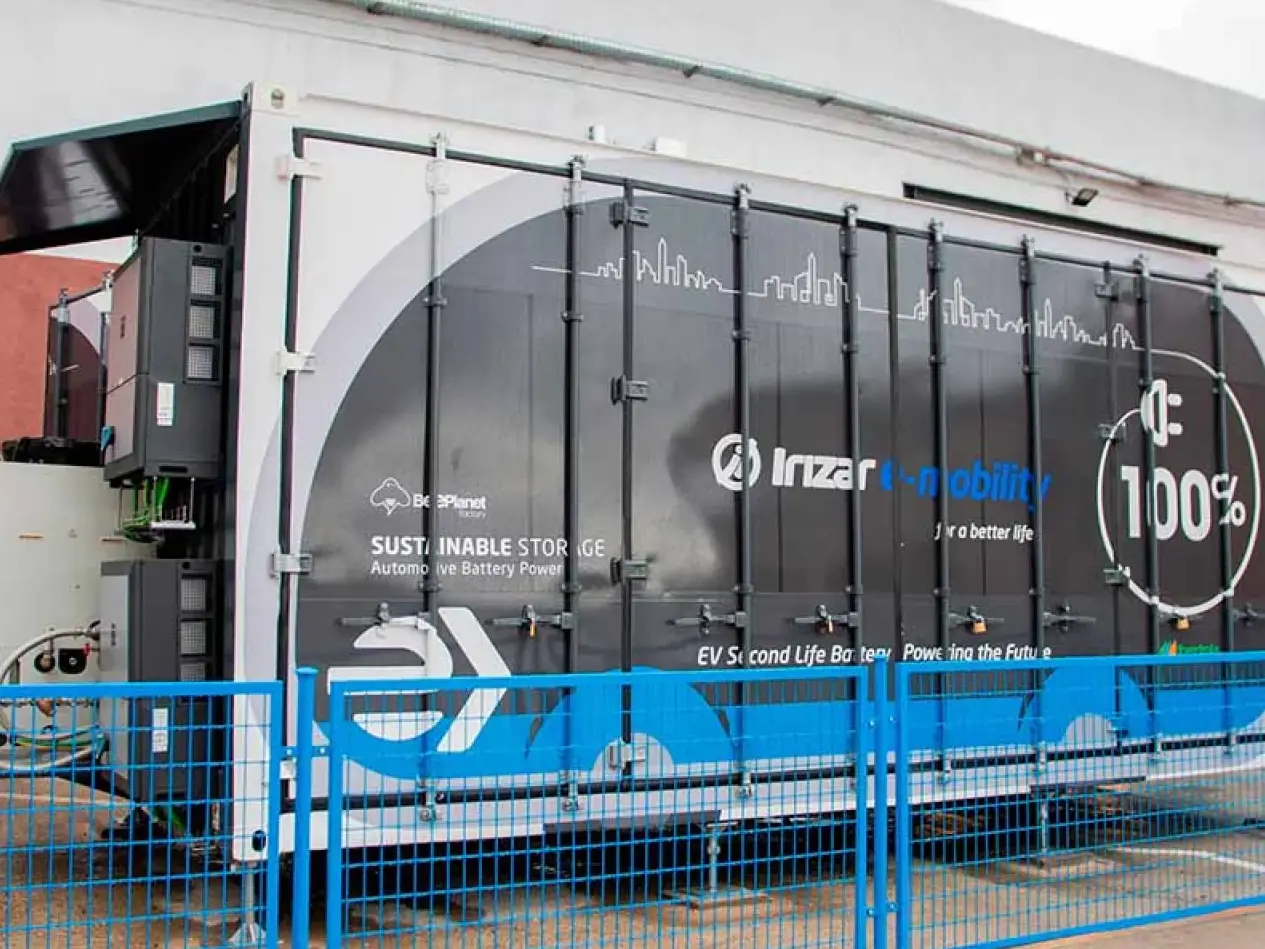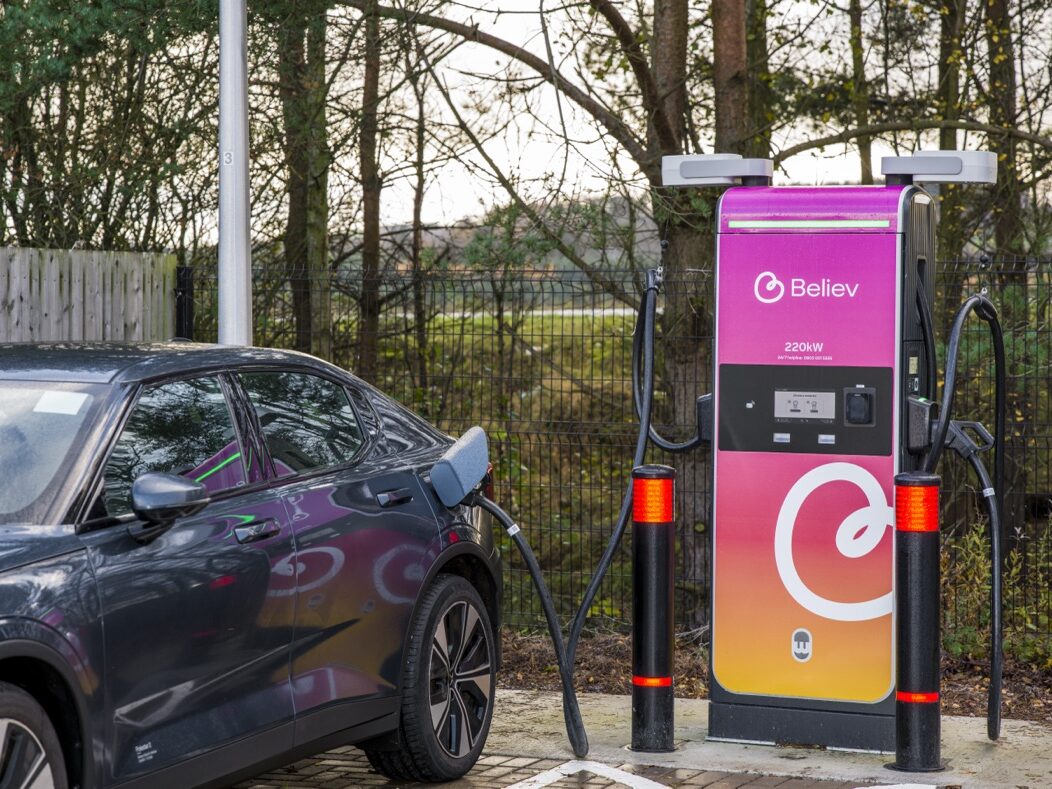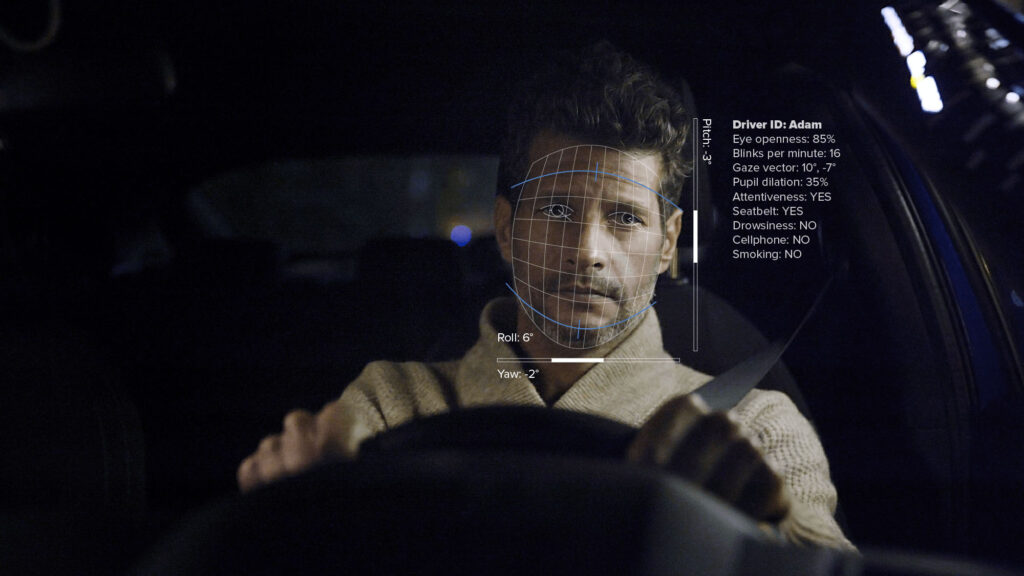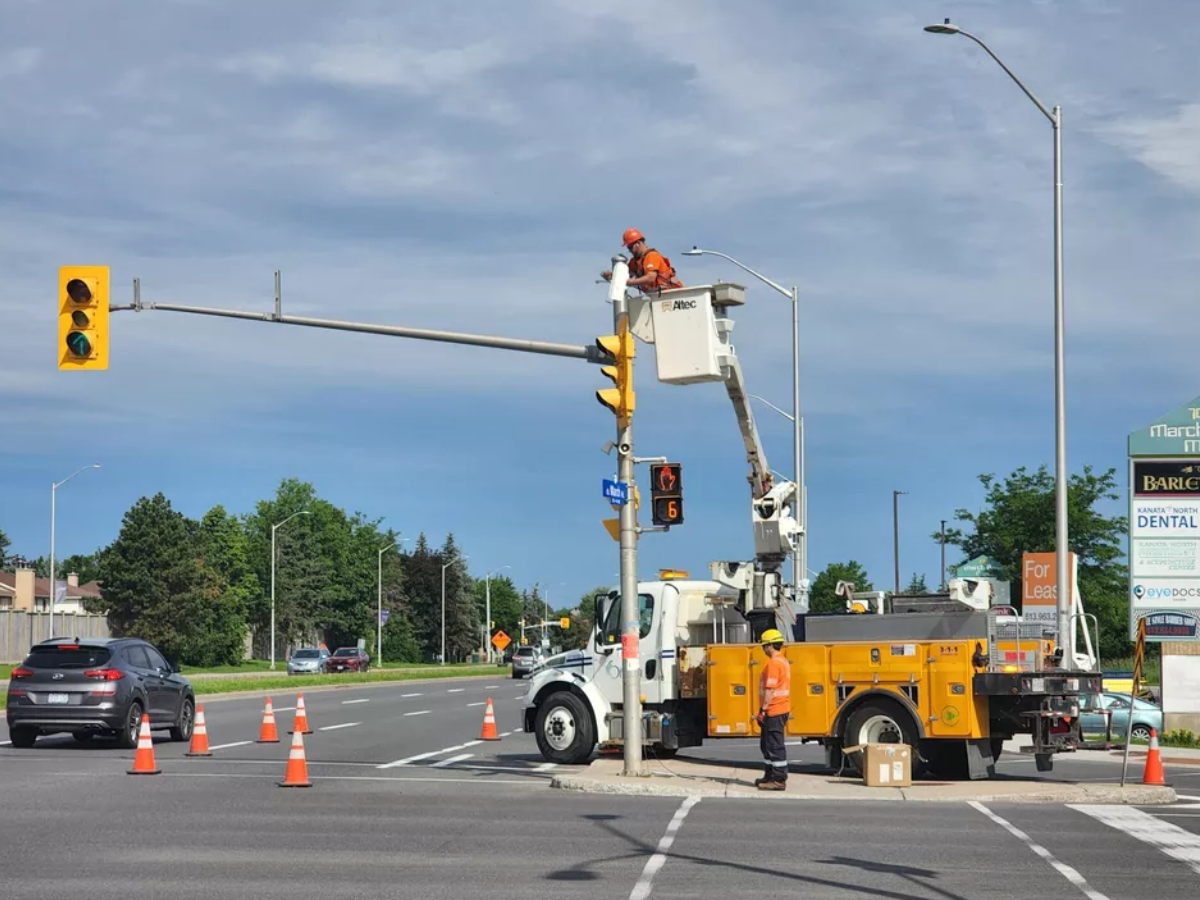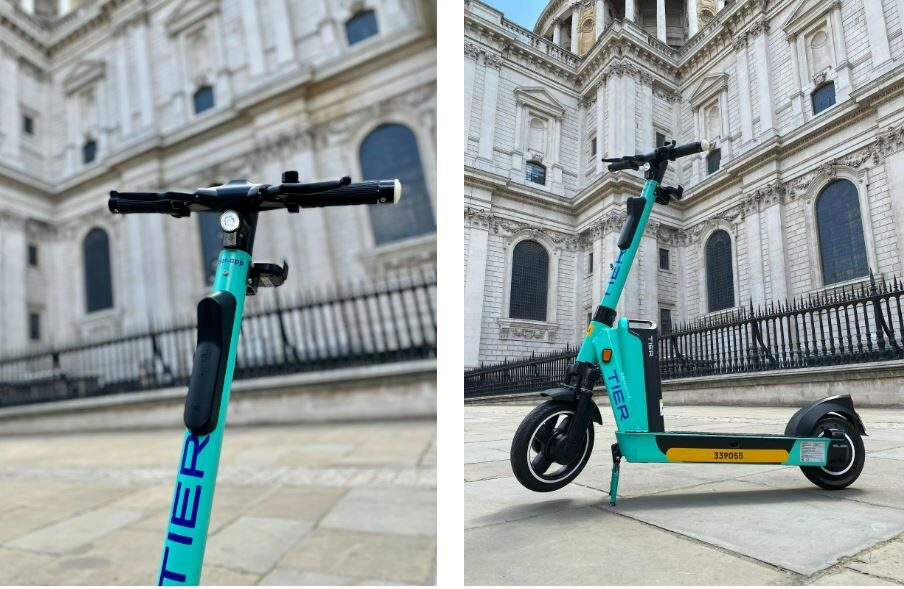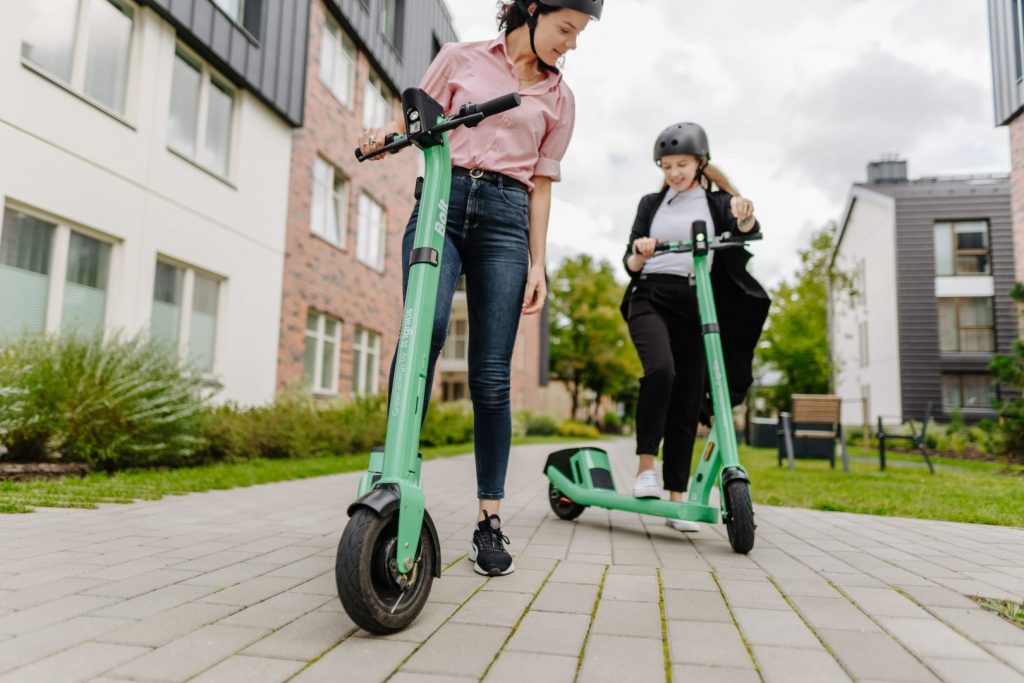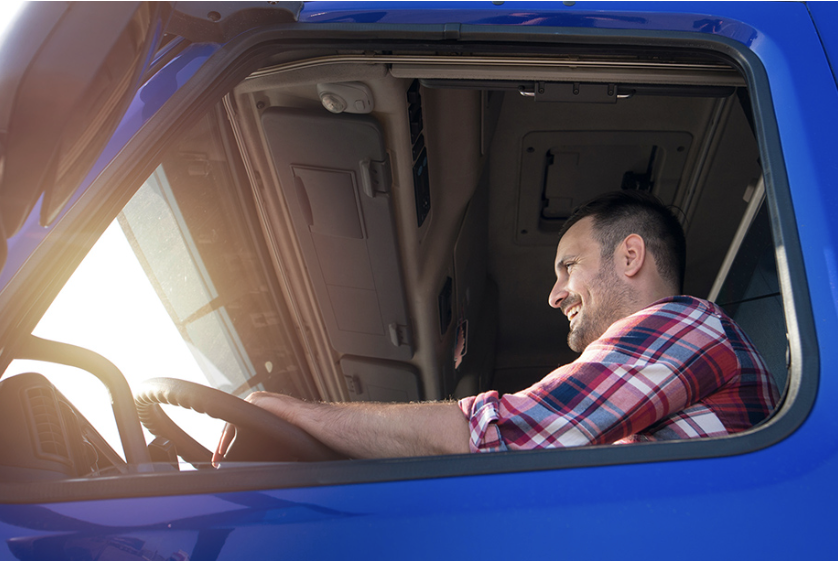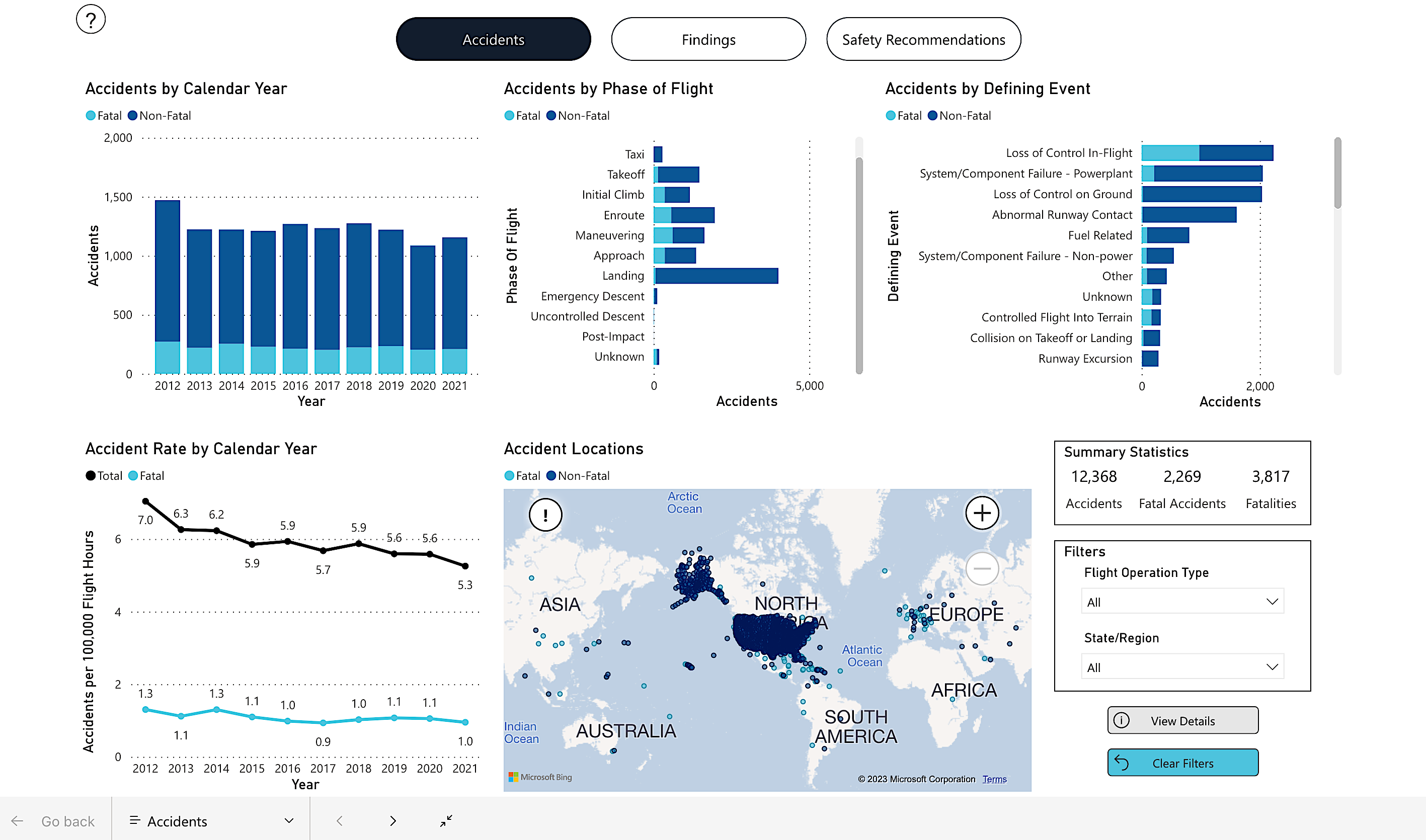To enhance safety on our roads, the EU’s General Safety Regulation (GSR) is mandating the use of driver monitoring systems to detect levels of drowsiness and distraction for drivers in new automotive vehicles.
As OEMs begin incorporating in-cabin technologies to fulfil this requirement, user acceptance is a crucial consideration for ensuring new cars remain appealing to the consumer and the safety systems are effectively deployed without drivers attempting to evade their capabilities.
This topic was explored in detail at InCabin Brussels alongside a showcase of the most recent advancements in the industry. Specifically, the challenge of user acceptance was shown to be particularly relevant in European countries such as Germany and France, where drivers are more concerned about preserving their privacy than many consumers in Asia and North America.
During a series of discussions, the event explored how the industry can overcome this challenge by extending the capabilities of in-cabin sensors to benefit drivers in ways beyond monitoring their state.
Indeed, during a keynote speech, Verena Ihring, Senior Manager of Strategy and Business Excellence Interior Monitoring at Bosch presented results from a survey of 1,800 people in Europe, China, Japan and the USA where respondents displayed high levels of acceptance towards in-cabin sensors that can enhance their comfort and wellbeing.

These results indicate the potential for OEMs to use the presence of sensors in new vehicles to provide customers with additional benefits and services, thus increasing the attractiveness of the latest models and facilitating the monetisation of the technology.
Health and Safety
Alongside improving safety by monitoring and deterring users from driving while distracted or impaired, in-cabin sensors can provide additional health and safety benefits that may appeal to consumers.
For example, at InCabin Brussels, CardioID Technologies showcased its electrocardiogram (ECG) sensing technology, which combines an analysis of physiological signals with cardiac health assessments. Its ability to recognise early signs of heart attacks and strokes could be implemented into a vehicle’s steering wheel to detect abnormalities and prompt the driver to seek medical attention.
Meanwhile, Simon Block, CTO at Optalert presented the company’s solution for detecting obstructive sleep apnoea (OSA), a condition often left undiagnosed that affects 425 million people globally. This solution is the first non-invasive method to screen for OSA while the subject is awake. What’s more, the company is also progressing its technology to screen for early signs of Alzheimer’s, Parkinson’s and other neurodegenerative conditions.
It is also noteworthy that health detection capabilities could benefit those already diagnosed with conditions. For example, Samantha Lee, CEO of Meili Technologies spoke of the potential for sensing technology to allow epileptic people to safely drive by detecting when a fit may be imminent and prompting the driver or the vehicle to find a safe place to stop.
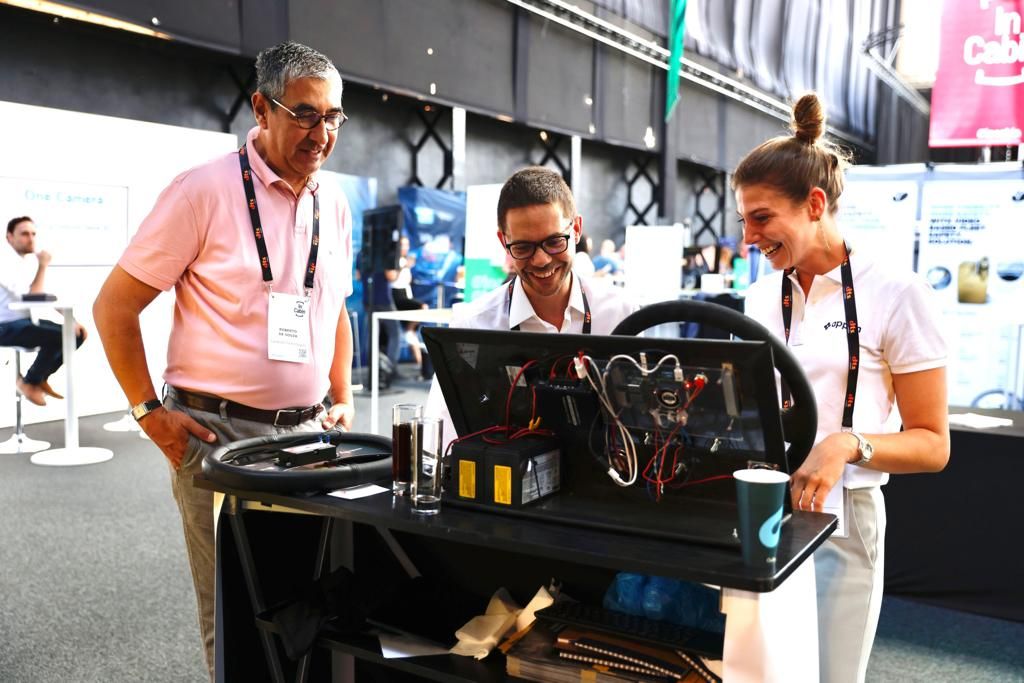
Additionally, in cases where collisions do take place, in-cabin sensors may help mitigate risks for the vehicle’s occupants. At InCabin Brussels, Tillman Herwig, Product Owner at ZF Group and Philipp Russ, CEO of SIMI Reality Motion Systems presented the capabilities of in-cabin sensors to help overcome longstanding concerns with safety features such as airbags.
Currently, seatbelts and airbags are specifically designed for the size and build of the men who invented them, meaning women are statistically less likely to survive a car crash. Adaptive restraints can thus help improve safety for those who do not fit the ‘standard’ body size, as in-cabin sensors can detect the size, weight and seating position of the occupant and deploy systems that are optimised for the individual.
Arguably, drivers who see themselves as proficient on the road may be more accepting towards these kinds of benefits, as they promote health and safety in ways beyond monitoring their driving proficiency. As the rollout of required driver monitoring systems gains pace, OEMs may thus benefit from considering additional health and safety applications that can be incorporated into their vehicles through the use of in-cabin sensors.
Comfort and Entertainment
In addition to technologies that enhance health and safety, consumers will also undoubtedly be attracted to future automotive vehicles based on their entertainment and comfort features.
During a panel discussion entitled ‘Mastering In-Cabin Entertainment: from Content Delivery to Experience’, Gereon Joachim, VP of Automotive Sales & Strategy, EMEA at DTS / Xperi indicated that manufacturers should focus on the consumer demand for a more personalised experience within their vehicles to make the future of in-cabin sensors an appealing concept.
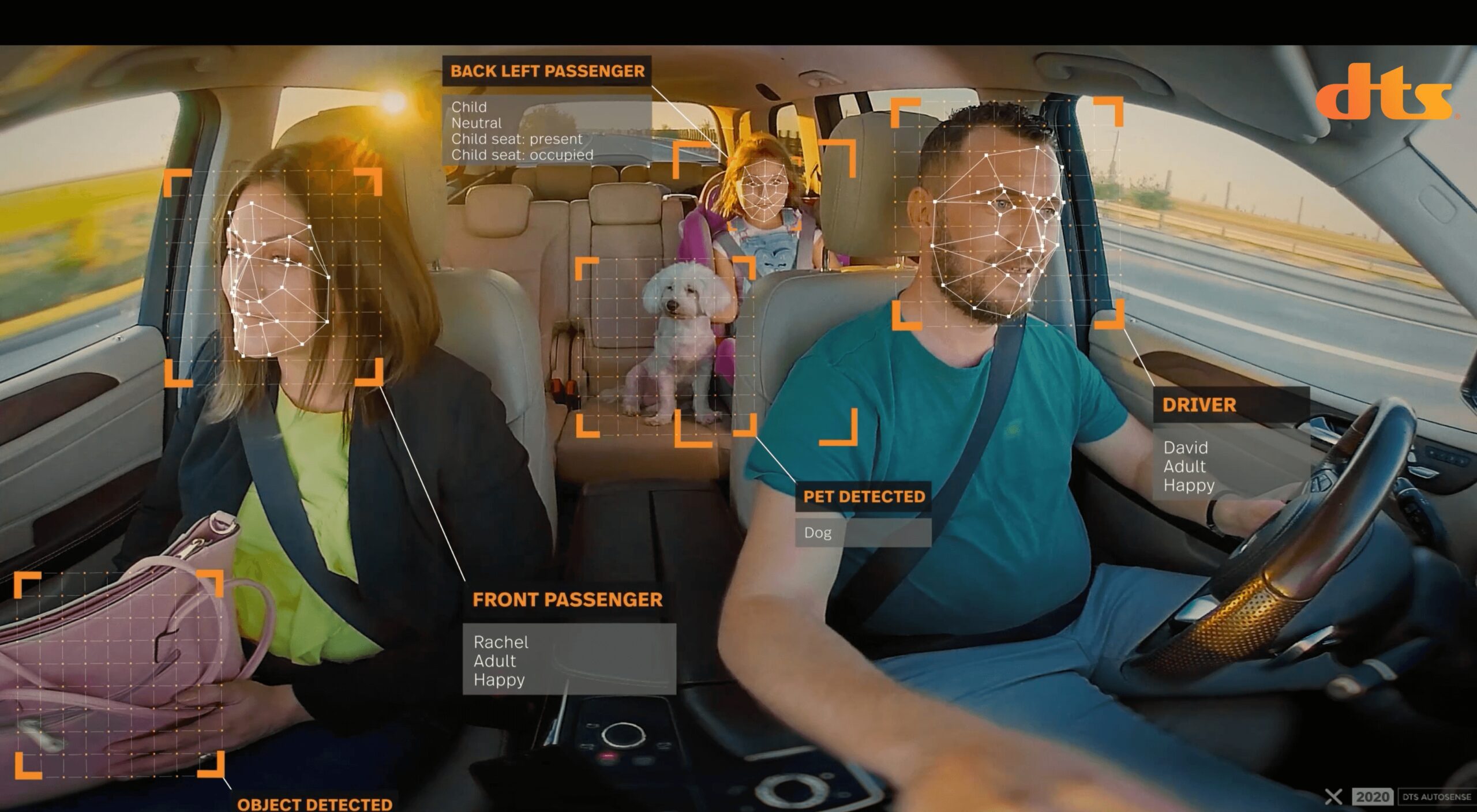
In recognising and understanding the driver, in-cabin sensors can deliver a personalised experience by automatically modifying the driver’s wheel and chair position and loading preferred apps and music onto the infotainment system. In addition, by detecting facial expressions and body language, a smart cockpit could identify the driver’s mood and apply the relevant lighting and music inside the vehicle to facilitate an enjoyable journey.
Furthermore, in DTS / Xperi’s vision for transforming the automotive cabin into “a third space”, sensing technologies would enable occupants to engage in additional activities, such as making secure payments through biometrics when shopping on the move.
Data Privacy
Despite the potential of these use cases to promote positive attitudes towards in-cabin sensors, data protection and privacy remains a relevant concern for consumers in all applications.
During a panel discussion entitled ‘Data Privacy and Transparency within Driver Monitoring – How Do We Ensure Drivers Trust Their DMS Data is Safe?’, Bjoern Meyer, Head of Automotive Semiconductor Marketing at Sony Europe; Philippe Dreuw, Chief Product Manager Interior Monitoring Systems at Bosch; and Gunnar Trioli, Vice President of Engineering at Tobii discussed the importance of transparency in educating users on how their data is stored and collected.
Under data privacy laws such as the EU’s General Data Protection Regulation (GDPR), data collected from in-cabin sensors cannot be shared without explicit consent from the driver. It is thus important for users to be fully aware of these standards and the systems in place to uphold them, so they do not fear a breach of privacy due to the presence of cameras in their vehicles.
Philippe Dreuw, Chief Product Manager Interior Monitoring Systems at Bosch said:If users don’t trust what is collected, they hide the camera and then you lose the benefits of the systems we are developing. We want to save lives. We want to add comfort. But if people start hiding the camera, there is no more drowsiness detection, no more distraction detection and people might die because they don’t trust in the data, and that is something we should definitely avoid.
To unlock the potential of driver monitoring systems, it is important to ensure drivers are comfortable with the presence of in-cabin sensors so that they can truly benefit from their features.
Continued consumer research and an understanding of the needs of each target demographic and culture will thus be crucial in ensuring these features are welcomed and sought after in new automotive vehicles.
In turn, the safety requirements mandated under recent legislation can then be widely accepted and effectively deployed to enhance safety and improve the driving experience through a multitude of innovations.

